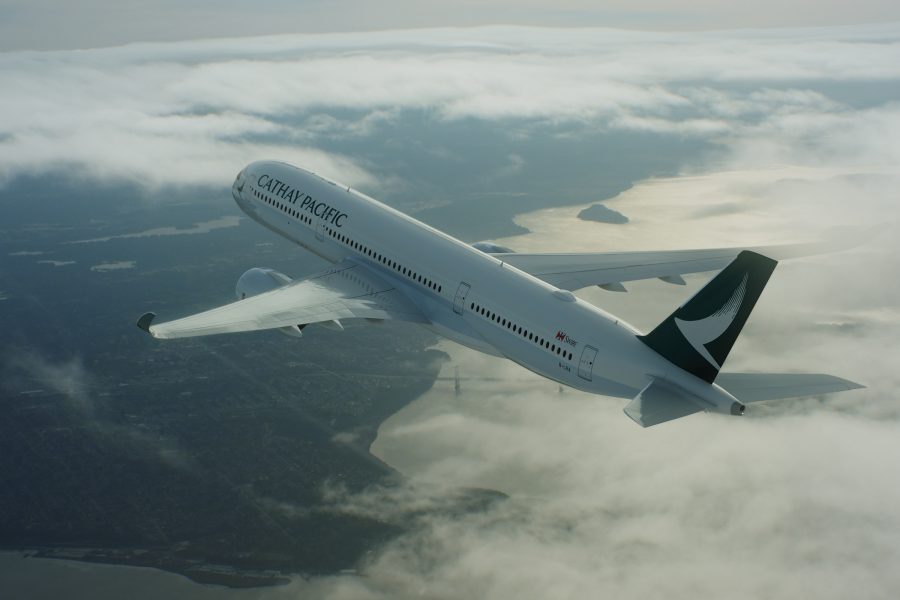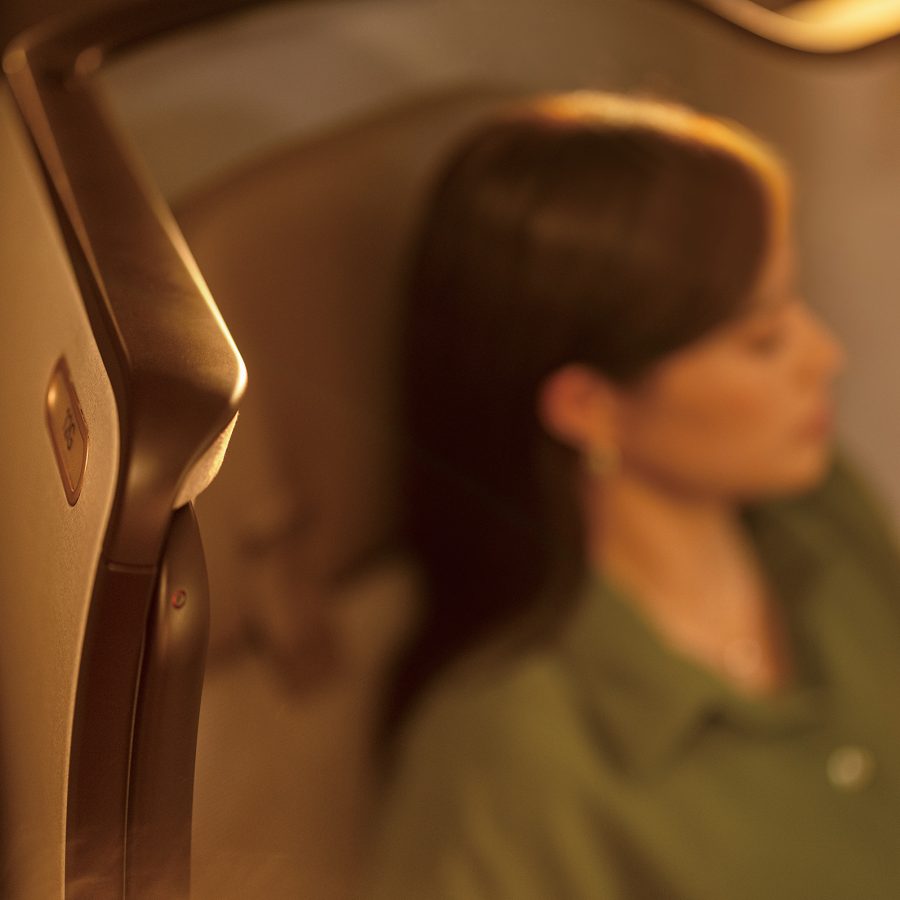Doctor on board: how Cathay Pacific handles medical emergencies

Gather hundreds of people together for hours at a time, and it’s likely that someone will need some form of medical attention. When such an instance occurs at 40,000 feet in an aircraft, quick, informed decisions must be made to ensure passenger safety.
Cabin crew are trained to handle many situations. They are well versed in dealing with cuts, bruises, headaches and sniffles, and can hand out paracetamol and effervescent antacid. They can also operate the defibrillator and resuscitation equipment on board each aircraft.

While crew can save lives, they’re not medical professionals and can’t diagnose or treat underlying conditions or respond to symptoms that require prescription-only drugs. In those instances, there’s MedLink.
Headquartered in Arizona, MedAire provides Cathay Pacific with MedLink, a remote medical support service that connects its network of doctors to the aircraft via satellite phone. There’s also another complementary option: a doctor or other medical professional on the flight. In more serious instances that can’t be handled in flight, the onboard medical professional will work with MedLink to decide the best outcome for the passenger and whether – and where – the flight should divert.
“Diverting is a lot of work for the flight crew,” says Captain James Toye, Head of Line Operations. “While the priority is to get the passenger to a suitable hospital in a timely manner, we wouldn’t want to divert to somewhere without the right facilities and run the risk of grounding everyone for a day because the crew runs out of duty time. There’s lots to consider.”
Dr Brian Chan has answered the call for a doctor twice while flying with Cathay Pacific. The first was a woman who’d become very ill on board due to her underlying cancer condition. “I talked it through with MedLink, and we decided to stabilise her using items in the inflight medical kit,” he says. “There was big range of treatments and medications for a variety of conditions.”

The inflight medical kit can only be opened by a medical professional or crew upon advice from MedLink, which increases the chances of a better outcome for both the patient and the flight.
“In most instances, when we page for a doctor, we can offer better support and come to a better decision on whether we need to divert,” says Line Operations Manager Captain Tony Pringle.
Captain Toye recalls an instance when a passenger suffered a stroke during a New York to Hong Kong flight – but no diversion was needed. “We were lucky to have a neurologist on board and, working with MedLink, they decided that the patient would receive the best treatment in Hong Kong,” says Captain Toye.
Dr Chan encourages other doctors to speak up when they hear the call. “I was impressed by the support and equipment available and the calmness of the crew,” he says. “Without those, there’d be nothing to work with. But, on Cathay Pacific flights,we can make a difference.”
More inspiration
- China – the Chinese Mainland, Hong Kong SAR, Macao SAR and Taiwan Region
- Hong Kong SAR - English
- Chinese Mainland (China) - English
- Taiwan, China - English
- 香港特別行政區 - 繁體中文
- 中国內地 - 简体中文
- 中國台灣 - 繁體中文
- Africa
- South Africa - English
- Asia
- Bangladesh - English
- Korea - English
- Singapore - English
- Cambodia - English
- 한국 - 한국어
- Sri Lanka - English
- India - English
- Malaysia - English
- Thailand - English
- Indonesia - English
- Maldives - English
- ประเทศไทย - ภาษาไทย
- Indonesia - Bahasa Indonesia
- Myanmar - English
- Vietnam - English
- Japan - English
- Nepal - English
- Việt Nam - tiếng Việt
- 日本 - 日本語
- Philippines - English
- Australasia
- Australia - English
- New Zealand - English








